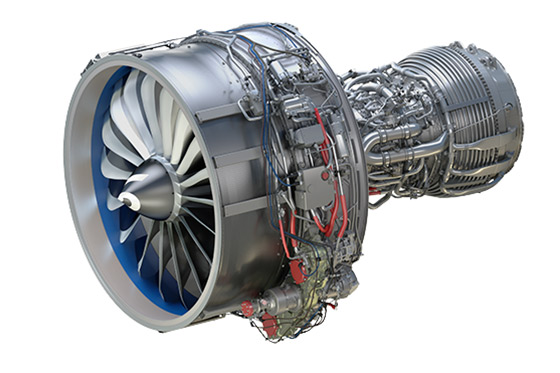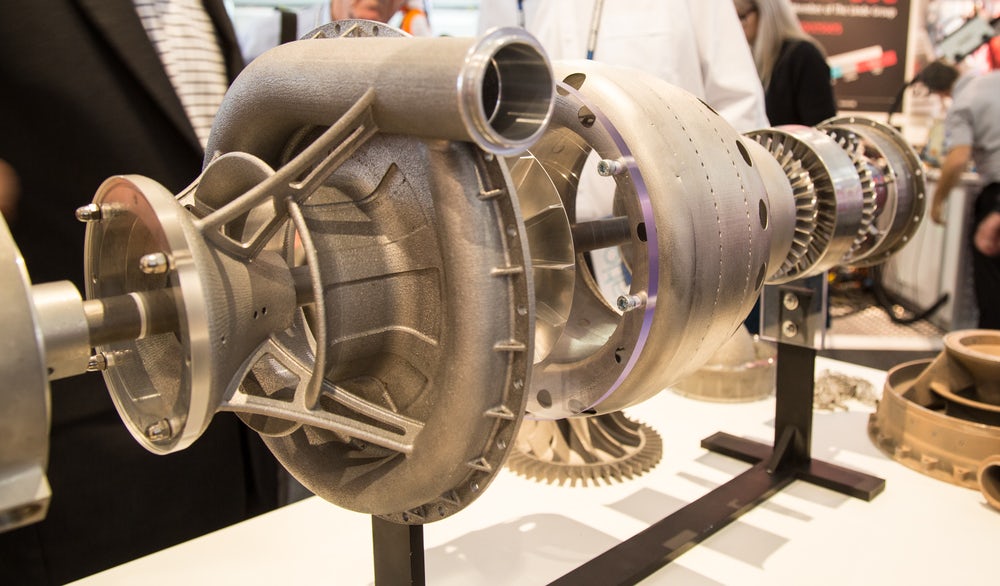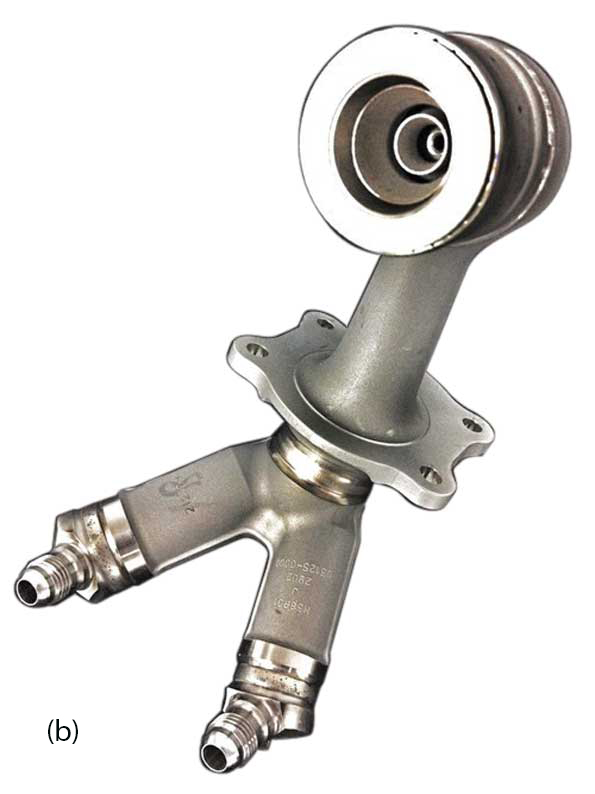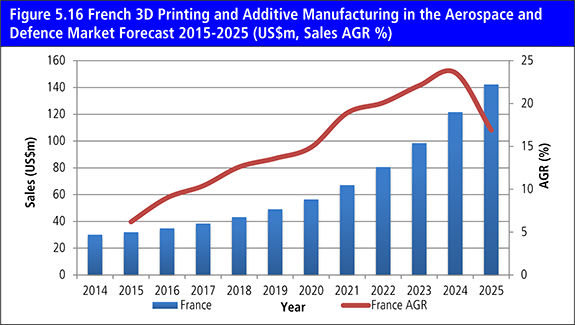Additive Manufacturing in the Aerospace Industry
Additive Manufacturing
For short production series of end-use components, Additive Manufacturing offers a cost-effective solution with no need to invest in molds or tooling. It’s an ideal manufacturing method for short production series, including spare parts and replacement parts for retrofitted planes. For production tools such as jigs, fixtures, cable guides, grippers and brackets, Additive Manufacturing makes it possible to customize these tools exactly to your own assembly line’s needs.
Our aerospace manufacturing process, backed by certifications EN9100 and EASA Part 21G, gives you access to Europe’s largest single-site Factory for 3D Printing. We offer two materials specifically for end-use components in aerospace applications, each with a high strength-to-weight ratio and certified flame resistance: Ultem 9085 and PA 2241 FR.
It takes quality engineering to get an aircraft up in the sky. And with the design freedom offered by Additive Manufacturing, producing aircraft is becoming more efficient and cost-effective than ever. From lightweight components to certified series production, we know that aircraft components require an unconventional touch.
The aerospace industry continues to find new applications for additive manufacturing.
Whether it is being utilized for making prototypes and parts at lower costs or for creating designs unachievable with traditional manufacturing, 3D printing has nowhere to go but up.
One area of focus shared by a variety of aerospace companies is the creation of engines using 3D printing techniques, and this is true from jet turbines to rocket engines.
Ranging from NASA’s emphasis on the creation of a completely 3D printed rocket engine to GE increasing its use of 3D printing in the manufacturing of jet engine parts. Even the Air Force has awarded a contract to SpaceX with an emphasis on increasing the use of 3D printing in their rocket engine manufacturing.
The use of 3D printing in engines has been seen by all of these companies and government agencies as a valuable investment. In all of these situations, laser sintering is the most popular 3D printing method for the creation of durable metal parts for aerospace engine use.
3D Printing Jet Engines
GE has one of the best known cases of incorporating of 3D printing into the manufacture of jet engines. In 2016, the company created the fuel nozzles for its new LEAP family of engines using direct metal laser melting. This turns thin layers of metal powders into fully-solid metal parts using a laser to melt the powder where the designers want the parts to solidify.
3D printing allowed for the weight of the nozzles to be reduced by 25 percent, the number of the parts used to create the nozzle to be reduced from 18 to 1, and more intricate cooling pathways and supports, giving the nozzle a five-fold increase in durability.
These nozzles are no prototype. In April 2016, GE sent the first two production run LEAP-1A engines to Airbus with 19 3D printed nozzles included. LEAP engines using these nozzles are approximately 15 percent more fuel efficient than their counterparts.
Benefits of 3d printing Aerospace parts
The cost-effective, tool-less production of lightweight components reduces fuel consumption, material costs and CO2 emissions
Engine and turbine parts as well as cabin interior components are typical applications for industrial 3D printing / Additive Manufacturing (AM. This is where the benefits of innovative EOS technology come to the fore: functional components with complex geometries and defined aerodynamic properties can be manufactured quickly and cost-effectively. Material and weight savings lower fuel consumption and CO2 emissions. Manufacturer-specific adaptations and small production runs are further arguments in favour of Additive Manufacturing technology. This is why leading aerospace companies have integrated AM into their planning of future production strategies.
Cost reduction: Since part production using Additive Manufacturing does not cause set-up and tooling costs, production costs are only incurred for the parts themselves, at the time they are manufactured. Even small production runs and one-off pieces do not cause added cost. In addition, system parts designed for optimum function can often be realised as a single part, simplifying assembly and quality assurance.
Lightweight design: Intelligent lightweight structures manufactured using laser sintering processes combine high strength with a weight reduction of 40–60%. The material savings translate into more flexibility in design and engineering. As a result, airplanes consume significantly less fuel and emit less carbon dioxide.
Toolless production: EOS industrial 3D printing technology enables maximum flexibility in production planning. In addition, toolless production processes require less energy and raw material than conventional manufacturing operations. Modified parts, upgrades and spare parts can be produced as needed, obviating the need for storage. Given the long service lives of airplanes, Additive Manufacturing processes yield clear cost benefits.




